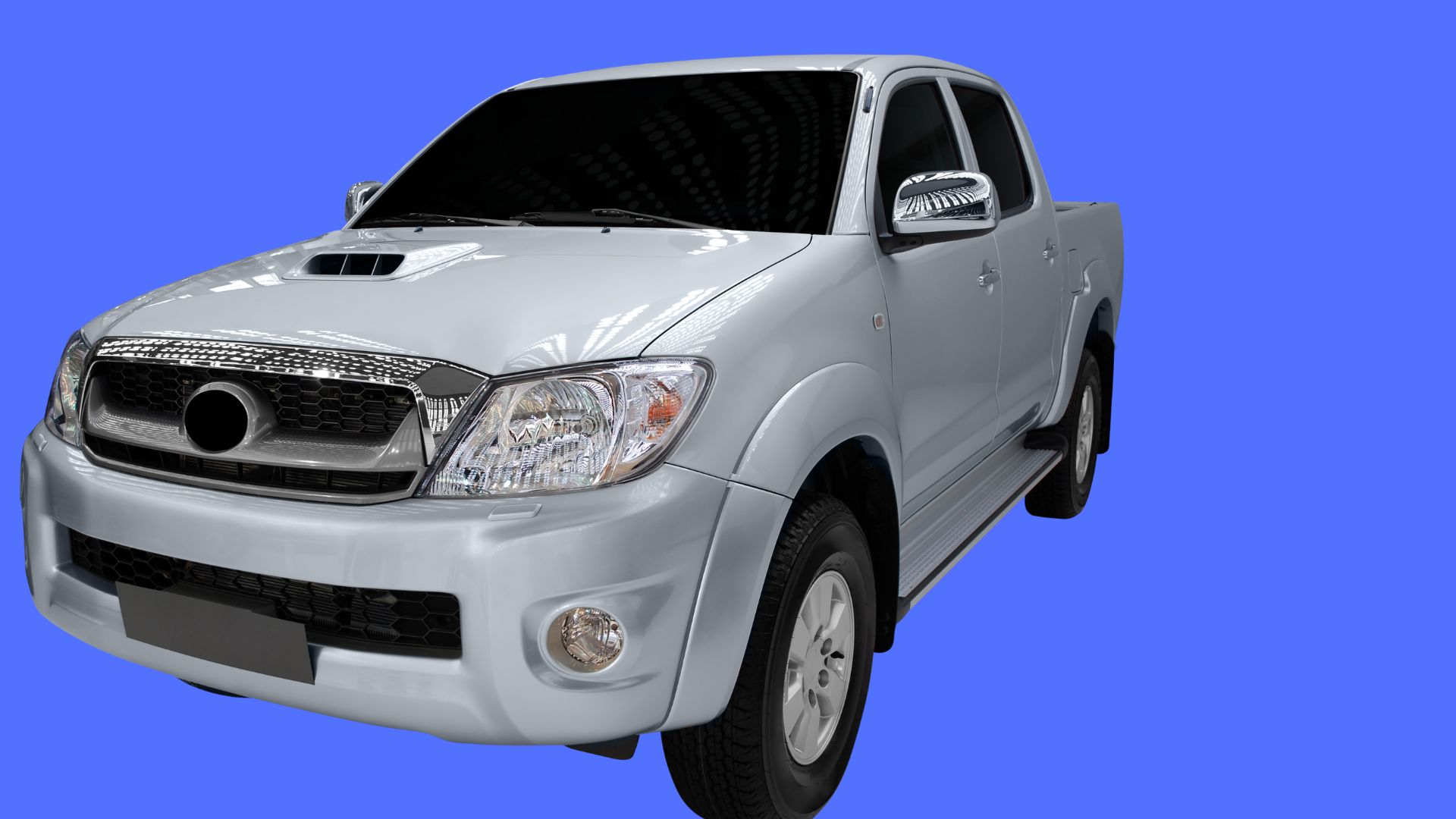Why You Shouldn’t Drive Your Truck With Worn Brakes
It isn’t pleasing when you press the brake pedal to stop at the stoplight then your brakes squeal. Driving on worn-out brake pads can be annoying and damage other parts of the braking system apart from raising everyone’s attention. When you drive your truck with worn-out brakes, here are the things that are likely to happen.
Your Tires Will Wear Down
Driving a truck with worn-out brakes can wear out your tires very fast. When the brake rotors, pads, or calipers are worn out, you will slam the brake pedal more often for your truck to slow down or stop.
Regular slamming of the brake pedal and faulty brakes facilitate the rate at which the tires wear out. Apart from the increase in the rate of tire wear out, you will also experience uneven tire wear due to unbalanced tires. Taking care of your brakes should be a priority if you want to give your tires a long lifespan.
Your Truck Will Vibrate When Braking
Your truck will slow down smoothly when your braking system works perfectly. But if the brake pads are worn out, or the rotor is damaged, you will feel vibrations when you press the brake pedal. If your truck shakes or the steering wheel vibrates when you press the brake pedal and stops when you release the brake pedal, is an indication that you should service your braking system.
Brake Calipers and Rotors Can Be Damaged
The braking system is connected and comprises moving parts, and if a component is faulty or damaged, the damage can easily be transmitted to other parts. For instance, if your brake pads are completely worn out, chances are high of damaging the brake rotors the more you ignore them.
Brake pads have a metallic layer that, if it is worn out, this metal will rub against the rotors leading to the production of a grinding sound whenever you press the brakes. The metal-to-metal contact leads to the generation of heat that can warp and crack the rotor. Even though the brake rotors last longer than the brake pads, failure to replace your brake pads in time can lead to damage to the rotors.
To give your brake a long lifespan, consider changing your brake pads before they wear out, check the entire braking, and repair any damages.
Your Brakes will Have a Slow Response Time
As your brakes wear out, their efficiency reduces, making it difficult to stop your truck effectively. Pay attention to response time to determine how much your brakes are worn out. When driving with worn brakes, you must push the brake pedal harder for your truck to stop.
Driving on worn-out brakes can lead to the truck side slipping, pulling towards one side. Side slipping can result from the brake pads not engaging and disengaging the rotor as they should.
Conclusion
You can drive with the worn-out brake pads, but you shouldn’t, especially when they are excessively worn out. Changing the brake pads at the right time and checking the entire braking system keeps the system in perfect working condition, gives you the best driving experience, and improves road safety.



